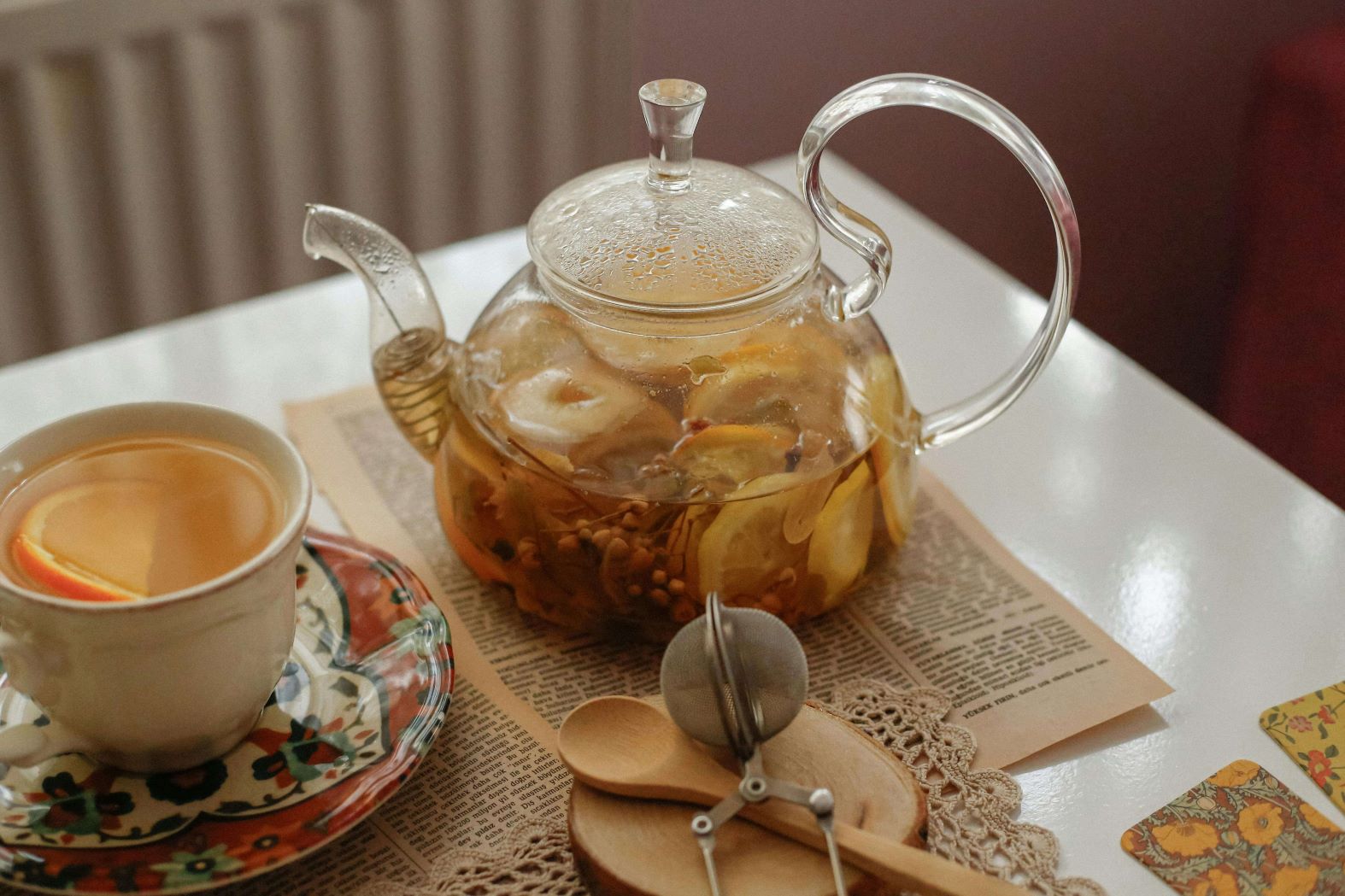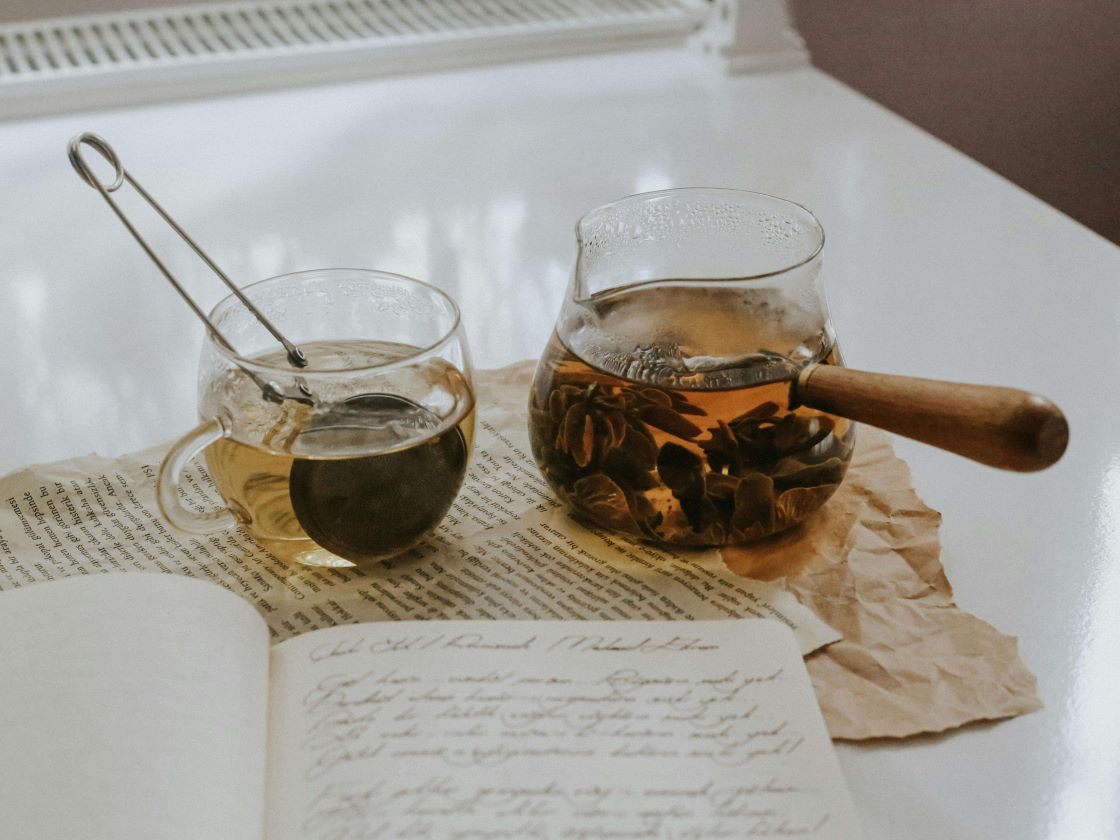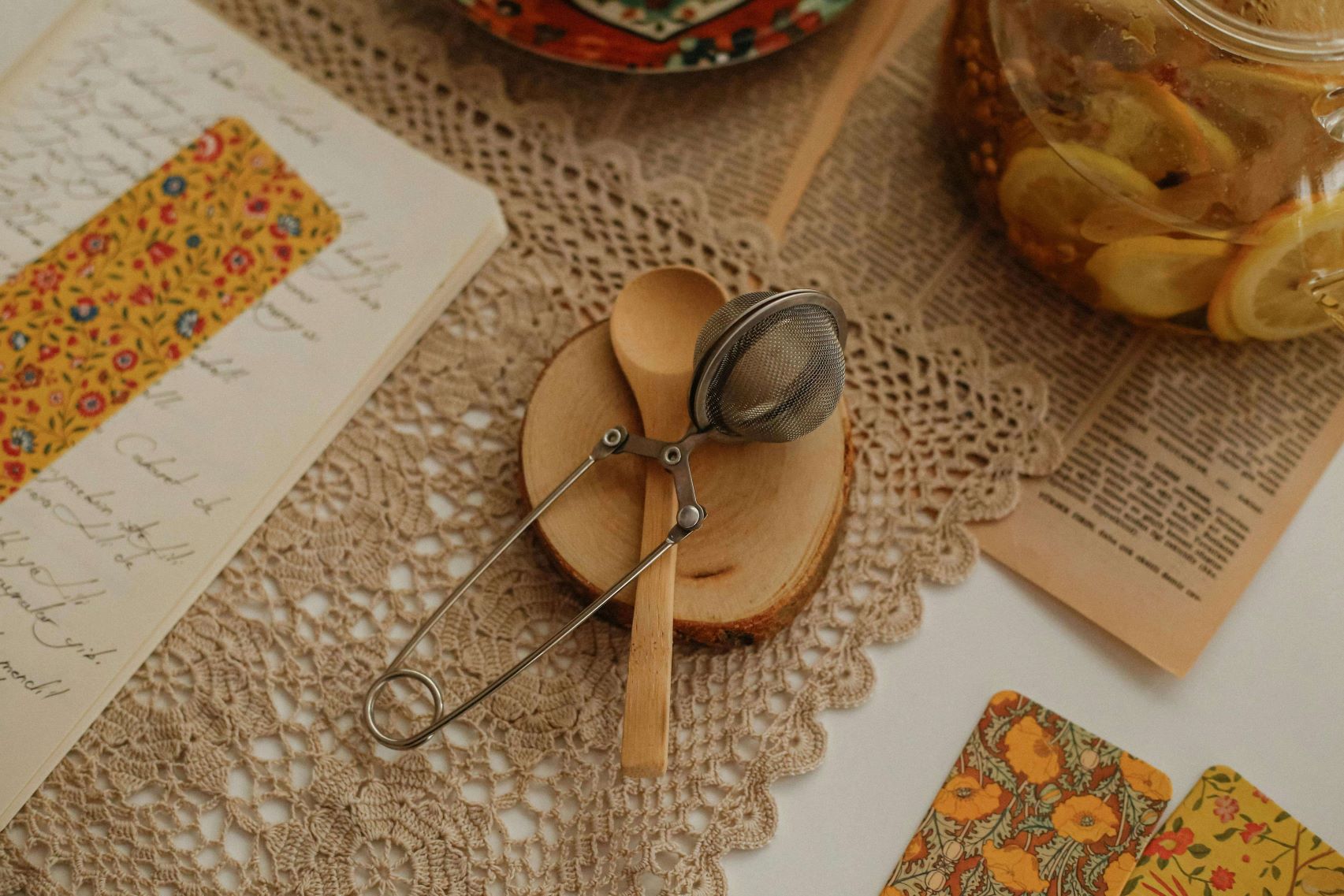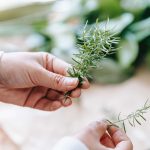29 Feb From Teapot to Cup: Essential accessories for making tea
In China, there are three fundamental principles for preparing quality tea: the teapot, the water and the temperature. There is even a Chinese expression that summarises these principles: “The teapot is the tea’s father, the water its mother and the charcoal its best friend“.
Preparing quality tea at home can be a rewarding and relaxing experience, as long as you have the right utensils at your fingertips.
In this article, we’ll explore the essential accessories that will make the ritual of preparing and savouring loose leaf tea at home a true celebration for the senses.

Essential accessories for preparing tea at home
If you’re a loose leaf tea lover and want to elevate your tasting experience, choosing the right accessories is key. Get ready to discover how these items can transform your routine and provide unique moments of pleasure and well-being.
To prepare loose leaf tea at home, some essential accessories include:
- Infuser: Allows the loose leaves to infuse in hot water, making it easier to prepare the tea.
- Kettle or teapot: Ideal for heating the water and serving the tea, maintaining the right temperature.
- Cup or mug: For serving and enjoying prepared tea.
- Strainer: Can be used to separate the leaves from the infusion, replacing the infuser in some situations.
- Teaspoon: To measure out the correct amount of loose leaves.
However, with the wide variety of options on the market, choosing the right accessories can be a little more complex than just knowing what kind you need. Iron or glass teapot? Mesh or perforated infuser? Glass or metal boxes? That’s why we’ve decided to extend this article to include precise information on the different types of accessories.
The different tea brewing accessories
There are several types of loose leaf tea infusers available on the market, each with its own characteristics and functionalities. Some common types include:
Ball Infuser: A ball-shaped infuser with a fine mesh, which allows the loose leaves to infuse without escaping into the drink.
Silicone Infuser: Made of silicone, this type of infuser is resistant and easy to clean, providing a particle-free infusion.
Spoon or mesh infuser: These infusers are shaped like a spoon or perforated mesh, ideal for containing the leaves during infusion.
Fine mesh infuser: With a fine mesh that prevents residue from passing through, this type guarantees a clean and flavoursome infusion.
Bamboo basket: a spacious, wide basket made of bamboo, which allows the tea leaves to expand fully. A light, eco-friendly and moisture-resistant tea accessory.
Paper filters: biodegradable and compostable paper filters. Their expandable base format allows the tea leaves to open completely, releasing all their flavour.
Creative Infuser: In addition to the traditional ones, there are creative infusers in different shapes and designs that add fun to the ritual of preparing tea. They can work with any of the mechanisms mentioned above.
When choosing an infuser, consider the material, size, ease of cleaning and capacity. Each type of infuser serves different needs and styles.

What’s the difference between an infuser and a strainer?
Although both aim to extract the flavour of the tea without it becoming saturated with particles, their uses are different.
Infuser: allows the tea to be inserted directly into the cup or teapot, similar to a sachet, so that the leaves are confined and easily removed from the water. Regardless of the type of infuser, it allows the water and leaves to combine without the barriers of a filter. Ideal for thinner teas that don’t need to expand too much.
Strainer: usually used in two ways: by infusing the leaves directly into the water and then using a strainer to remove them; or by placing a strainer on the rim of the cup, pouring the water over the leaves, and removing it once the infusion is complete. Ideal for larger leaves that would otherwise be unable to expand.
While the infuser allows the leaves to be completely submerged, giving the tea a more intense flavour, the strainer guarantees a cleaner process and tea with less residue. Both are equally good for brewing loose leaf tea and the choice between them depends on personal preferences and the type of tea.
Which material is best for brewing tea
When it comes to teapots, cups and kettles, there are as many materials as there are designs. However, it can be difficult to choose the right one for your needs. These are the most common.
Porcelain teapot: does not alter the flavour of the tea or release particles; ideal for all types of tea, but especially good for green, white and milder oolongs.
Glass teapot: does not alter the flavour of the tea and is easy to maintain; ideal for tea flowers or appreciation of the brewing process.
Clay teapot: absorbs the tea’s essential oils and subtly changes the flavour, but retains heat; ideal for darker teas such as black tea, fermented teas and heavier oolongs.
Metal teapot: sturdy, but more suitable for heating water than brewing.
Each type of material has its strengths and weaknesses, which impact on the quality of the tea and the final flavour. Choosing the right material for each type of tea enhances the quality of the experience.
How to store the tea
The factors that most affect the quality of the tea or infusion are storage, temperature and composition. When it comes to storage, it’s important to protect your tea or infusion, whether in bags or loose, from heat, humidity and direct sunlight. This serves as a guarantee of the quality of the tea’s properties. Plastic is therefore unsuitable for storing tea. So what is it?
Airtight tins: made of metal, they promote the long-term preservation of the tea’s properties. This choice is based on the presence of an airtight lid that prevents oxygen from accumulating inside the tin, as well as better protecting the tea from external factors.
Porcelain jars: Porcelain is a material that does not absorb odours, thus maintaining the integrity of the tea’s aroma and flavour. They are ideal for storing bulk teas, herbs or sachets. However, not being sealed makes the contents more sensitive to external factors.
Prefer opaque or dark-coloured airtight tins on high shelves, away from strong aromas such as coffee or spices. Avoid placing your tea tins near heat sources such as extractor hoods, ovens or fireplaces.

Other essential tea accessories
Timer: Each type of tea takes its own specific time and method of preparation. A timer makes this task easier, allowing you to concentrate on observing the movement of the loose ingredients and their characteristics, without time pressures.
Thermometer: Each type of tea requires specific temperatures and conditions. Precisely control the temperature of your teas, infusions and tisanes without any complications. For those who love green tea, this water thermometer can help you achieve a high-quality tea.
Measuring spoon: For measuring the correct amount of loose leaf or for better dosing of matcha. In general, it’s based on quantity by volume, not by weight, but there are different types of teaspoons.
By investing in quality infusers, suitable kettles and specific materials, you not only enhance the tea ritual, but also enjoy richer flavours and enveloping aromas. If you want to explore a variety of accessories to enhance your tea experience, don’t hesitate to visit our online shop.
Discover how every detail can make a difference in your journey towards the pleasure and well-being provided by a perfectly prepared cup of tea. Visit the shop now and immerse yourself in the enchanting world of teas and their accessories.








Sorry, the comment form is closed at this time.